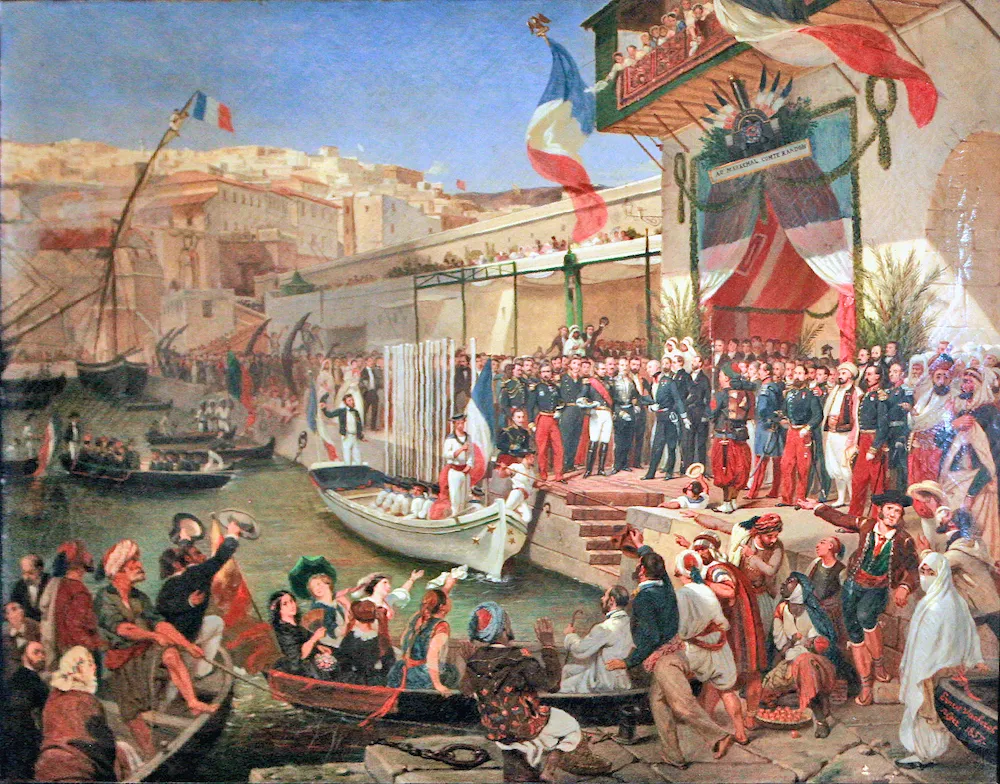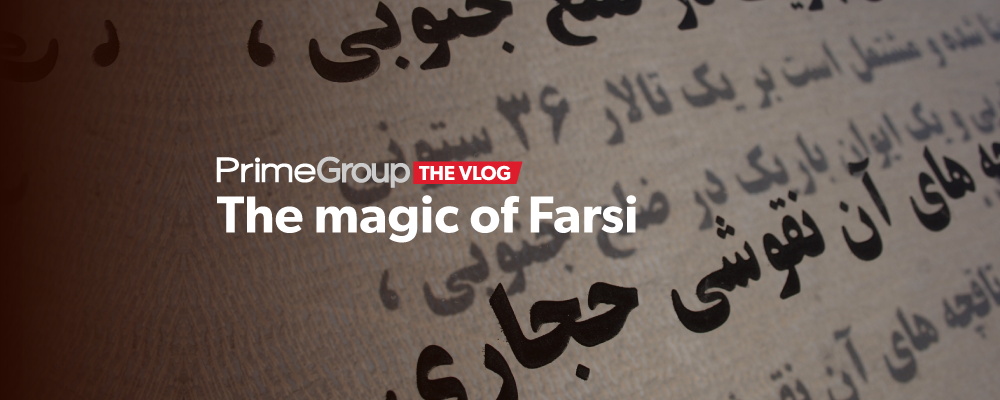Let’s talk about Louisiana. Of the presence of the French and Spanish languages in this state of the American Union that is not only a testimony of its colonial past, but also a reflection of contemporary migratory dynamics that continue to enrich its cultural identity.
Not far from the city of New Orleans in the delta of the Mississippi River, English, although predominant, gives way to two European languages that began to be spoken here several centuries ago: French and Spanish, which have managed to survive the passing of the centuries and now for different reasons they are experiencing a renaissance.

The Louisiana Frenchman
Let’s look at the French. The Moliére language arrived in Louisiana in the 17th century with the first trappers, settlers and explorers. From the distant Saint Lawrence River in Canada they went down the Mississippi basin and ended up founding New Orleans.
Louisiana, by the way, owes its name to the French king Louis XIV. But the presence of the French language was due above all to the influence of the Acadians, known as Cajuns. The word Cajun derives from the English pronunciation of Cadien, as they were in fact known upon their arrival in Louisiana. But who were the Acadians? Well, they were French who were settled in various territories in Eastern Canada and the Northeast of the United States. After the British conquest, the Acadians refused to comply with the order to enlist in the ranks of the English army to fight their French brothers in Quebec. That refusal earned them immediate deportation from Canada in 1755 after their lands and properties were confiscated. About 12 thousand emigrated to Louisiana, a territory that after being French, became Spanish by the Treaty of Paris. During Spanish rule, land was ceded to Acadian settlers in Lower Louisiana. Cajuns and Spanish settlers mixed, with New Orleans being a bilingual Franco-Spanish city. The great territory of former Louisiana continued to change hands; It passed back to French rule for a short time until in 1803, the United States purchased it from the then government of Napoleon. French and Spanish speakers end up being a minority in the city because throughout the 19th century Irish and Italians settled. New Orleans thus becomes a European microcosm, speaking four different languages of the Old Continent.
But well, what happened to the French one? He concentrated in some parishes in lower Louisiana and little by little he mixed with another Frenchman who came from the Caribbean, those French settlers who fled Haiti after its war of independence. He was a French Creole, or Creole, born in turn from the mixture of French, African, Spanish and Native American cultures.
Already in the 21st century we have to say that the French language survives in Louisiana. It is estimated that around 80,000 people speak that peculiar French. Recently there has been a renaissance in education, because the descendants of those Acadians stopped speaking it. Now it is about reversing that process. Bilingual immersion programs, promoted by institutions such as the Council for the Development of French in Louisiana (CODOFIL), seek not only to teach the language but also to instill an appreciation for Franco-Louisiana culture. An example of this is the arrival of French-speaking teachers in many schools in the state.
The Spanish Legacy in Louisiana
Spanish rule over Louisiana was short but intense. The Spanish language had already traveled through the area thanks to explorers and adventurers, but it was in 1763 that Spanish became a language in the institutions, after obtaining the territory from France following the Treaty of Paris. By the way, the city of New Orleans, after a devastating fire, was rebuilt using very different styles and materials, to the point that what is today called the French Quarter, the French Quarter, is actually a city with a Spanish plan and structure.
Spanish did not remain as prominent as French. Without a doubt both languages coexisted and influenced each other. But we must highlight the presence of Spanish in its Canarian dialect variety. Around 1779, about 1,600 Spanish settlers emigrated to Louisiana from the Canary Islands. They were the Louisiana Islanders. It is worth mentioning that his contribution to the independence of the United States was decisive, because in 1782, during the emancipation of the 13 colonies, Bernardo de Gálvez recruited islanders from the three Canary Islands settlements in Louisiana to join the revolution. They participated in several military campaigns that expelled the British from the Gulf of Mexico coast. Today its influence persists in the names of places and in a Spanish dialect that is clearly disappearing.
However, Spanish is experiencing a renaissance in Louisiana, and in fact there are more Spanish speakers in that state than French speakers. This is due to successive waves of immigrants from Spanish-speaking countries, especially Central America and Mexico. This rebirth is reflected in educational programs, cultural festivals and the sensitivity of the business world to what is the second language of the United States.
Cultural Convergence
The interaction between French and Spanish in Louisiana is a testament to the ability of these languages to adapt and survive. While Cajun French and Creole are preserved and taught through educational and cultural initiatives, Spanish is gaining ground, reconnecting Louisiana to its historical roots and its growing role in the global linguistic and cultural landscape.



